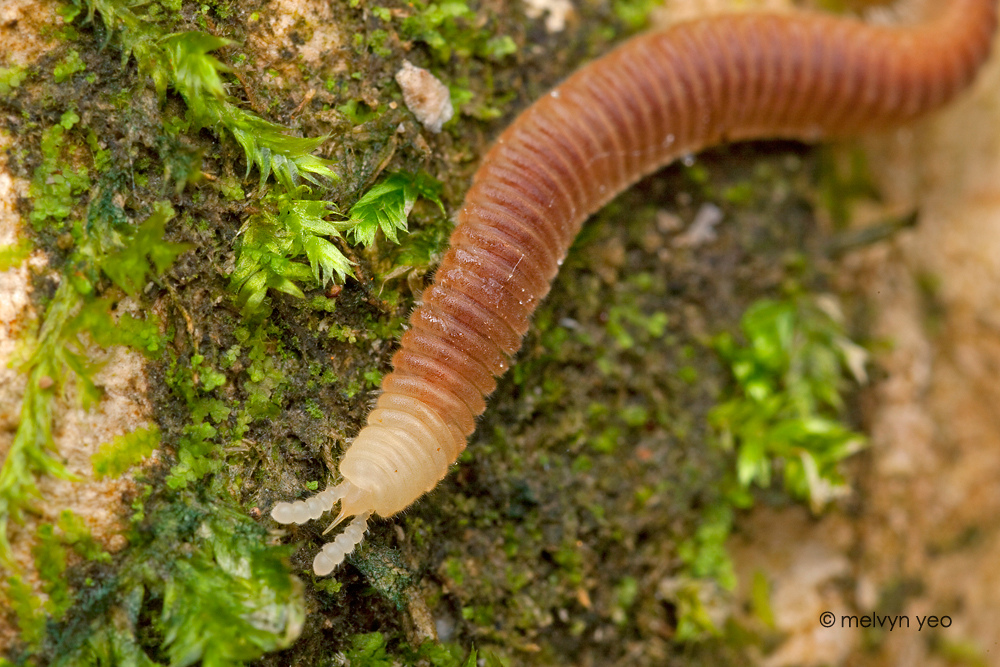 |
| Sucking Millipede |
There are 4 main types of millipedes in the world, Cylinder Millipedes, Plated Millipedes, Pill Millipedes and Bristly Millipedes.
The long cylinders can be further divided into Bulldozers, (Julids or Iulids) and Borers (Polyzoniida).
Bulldozers are your typical millipede, they are long and thin and use their flattish heads as a bulldozer blade. Their numerous legs supply the oomph which allows them to push themselves through the soil and leaf-litter.
Borers are the Colobgnatha, smarties called sucking millipedes, they are to Julids similar but have narrow pointed heads with each successive segment getting slightly larger, they use this shape to winkle themselves into the the substrate they are trying to penetrate. They have small legs which are invisible from above. Colobgnath millipedes have reduced mandibles and likely feed on rotting vegetation, they are also often blind.
Plated millipedes, sometimes known as Wedgers are the Polydesmida. They have the upper plate of each segment expanded out from the centre of the body into a keel or paranota, thus giving them a less rounded appearance. They work their way into the substrate by wedging in the first plate and then lifting up the body to widen the space, then they push in a little more and lift again.
Pill millipedes are members of either the Glomeridae or the Sphaerotheriida, they are also bulldozers by nature but are better known for their ability to role into a ball
Bristle millipedes are bark dwellers, they do not burrow, are covered in bristles and are very small being only a few mm long Polyxenus lagurus 2-3mm is the only British species. These are atypical millipedes and many of the generalisations made in this paper do not apply to them.
Plated millipedes, Pill millipedes and Bristle millipedes all have far fewer segments than the long thin cylinder types.
Quote [link]
 |
| Sucking Millipede |
 |
| Sucking Millipede |

No comments:
Post a Comment